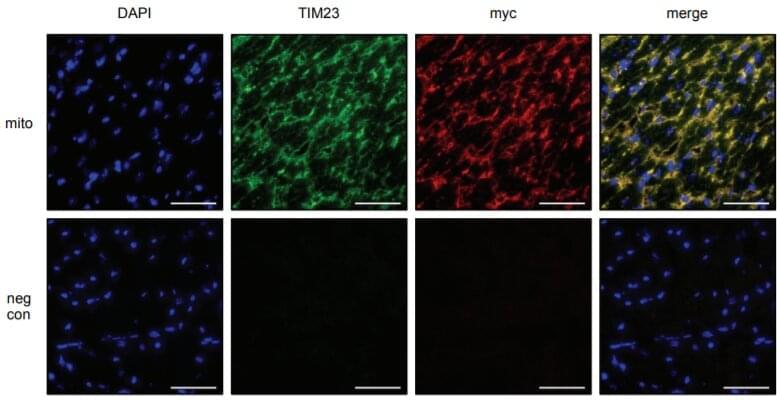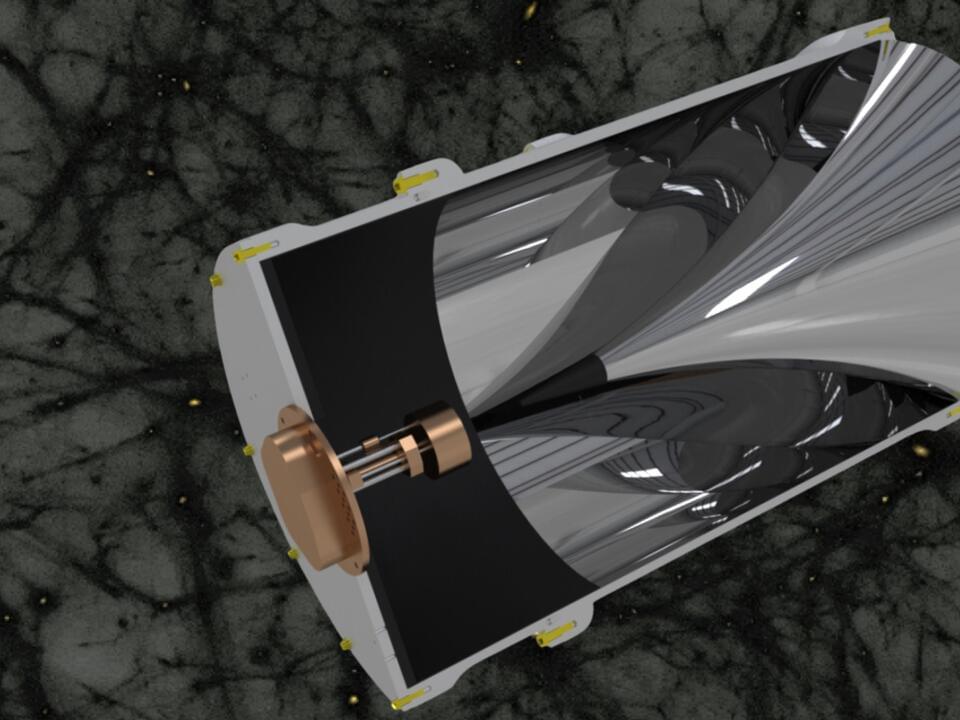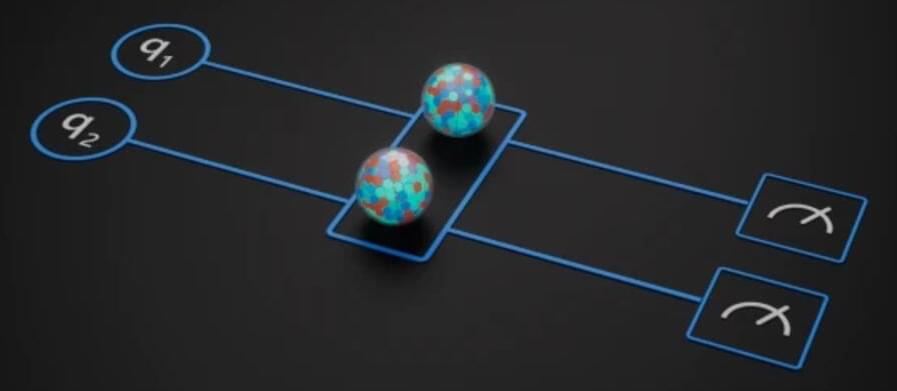In an attempt to protect its forests and famous wildlife, Virunga has become the first national park to run a Bitcoin mine. But some are wondering what the hell crypto has to do with conservation.
Get the latest international news and world events from around the world.

Researcher Startled When AI Seemingly Realizes It’s Being Tested
Anthropic’s new AI chatbot Claude 3 Opus has already made headlines for its bizarre behavior, like claiming to fear death.
Now, Ars Technica reports, a prompt engineer at the Google-backed company claims that they’ve seen evidence that Claude 3 is self-aware, as it seemingly detected that it was being subjected to a test. Many experts are skeptical, however, further underscoring the controversy of ascribing humanlike characteristics to AI models.
“It did something I have never seen before from an LLM,” the prompt engineer, Alex Albert, posted on X, formerly Twitter.

Grimshaw and UEL develop sugarcane-waste construction blocks
Using sugarcane waste as bricks for construction.
Architecture studio Grimshaw and the University of East London have collaborated to create Sugarcrete, a biomaterial construction block with an interlocking shape made from the sugarcane by-product bagasse.
Sugarcrete was developed to be a low-cost and low-carbon reusable construction-material alternative to brick and concrete.
The concept, design and fabrication of the material were led by staff and fellows of the University of East London (UEL), including senior architecture lecturer Armor Gutierrez Rivas, Sustainability Research Institute co-director Alan Chandler and research fellow Bamdad Ayati.


‘Immortality protein’ within the mitochondria offers protection in myocardial infarction
Year 2021 😗😁😘
Researchers Prof. Judith Haendeler from the Medical Faculty and the molecular biologist Prof. Joachim Altschmied from the Department of Biology, together with their teams, have shown for the first time in the cardiovascular system that telomerase reverse transcriptase (TERT) within the mitochondria, the powerhouses of the cells, has a protective function in myocardial infarction. This work, which was performed together with other groups from the University Hospital Düsseldorf and the University Hospital Essen within the frame of the Collaborative Research Center 1,116, was recently published in the journal Circulation.
Cardiac muscle cells benefit from the increased mitochondrial function and are protected from cell death. Other cell types also profit from increased mitochondrial function such as fibroblasts, which are essential for stable scarring after an infarction, and endothelial cells, which are needed for vascularization and thus blood supply in the infarct area.
In the cell nucleus, TERT is a component of the so-called “immortality enzyme” telomerase, for the discovery of which the Nobel Prize in Physiology or Medicine was awarded in 2009. Meanwhile, it has been shown by the two research groups at HHU, that TERT is also present in mitochondria in the cells of the cardiovascular system. However, until now it has not been possible to clearly distinguish between its functions in these two cell organelles.


Chemical reactions can scramble quantum information as well as black holes
If you were to throw a message in a bottle into a black hole, all of the information in it, down to the quantum level, would become completely scrambled. Because in black holes this scrambling happens as quickly and thoroughly as quantum mechanics allows. They are generally considered nature’s ultimate information scramblers.


“What we did here gives me goosebumps. We have shown that error correction is repeatable, it is working, and it is reliable”: Microsoft and Quantinuum scale new heights in quantum computing and error correction
Microsoft is on the verge of a major quantum computing breakthrough in collaboration with Quantinuum. In a recent announcement, the tech giant indicated that it ran more than 14,000 experiments without encountering a single error.
The company attributes this to Quantinuum’s ion-trap hardware alongside its new qubit-virtualization system. It unlocked this impressive feat because the system allows the team to check logical qubits, thus presenting an opportunity to correct any errors without affecting the progress.
The researchers behind the breakthrough spread the quantum information across groups of connected quantum bits to form logic qubits. Per the report, the team used 30 qubits to make four logical qubits. It was through this process that the team was able to run countless experiments without encountering any errors.
China’s Aircraft Carrier Sacrificed?25-Year Electromagnetic Launch Research May Destroy Its Aircraft
The development of electromagnetic catapults on China’s Fujian aircraft carrier began in 2001, which drew experience from the Shanghai Maglev Train project at the time. Land-based testing of the electromagnetic catapult for this Type 3 aircraft carrier can be traced back to 16 years ago. China has kept quiet about it, but satellite images from Western companies unveiled the truth.
#chinaaircraft #chinaobserver.
All rights reserved.